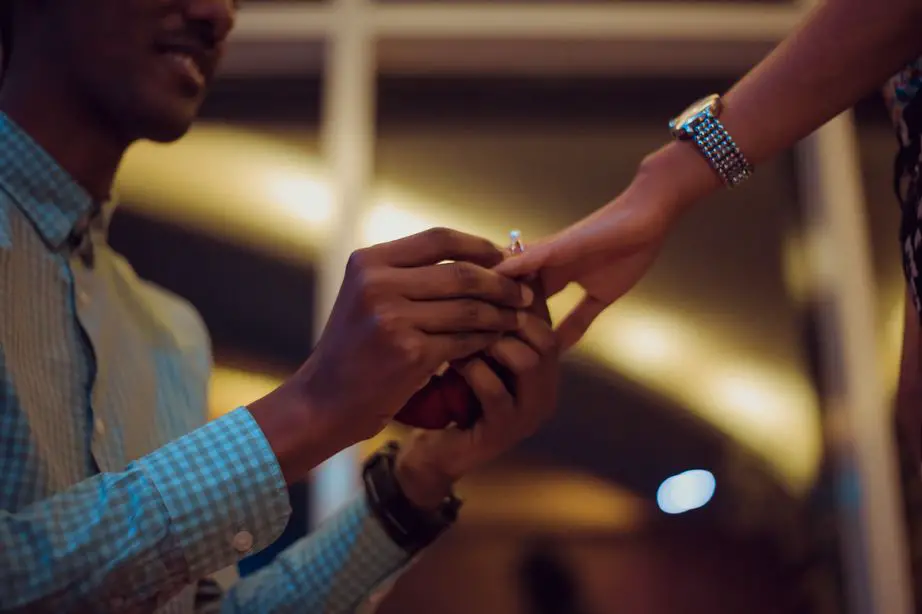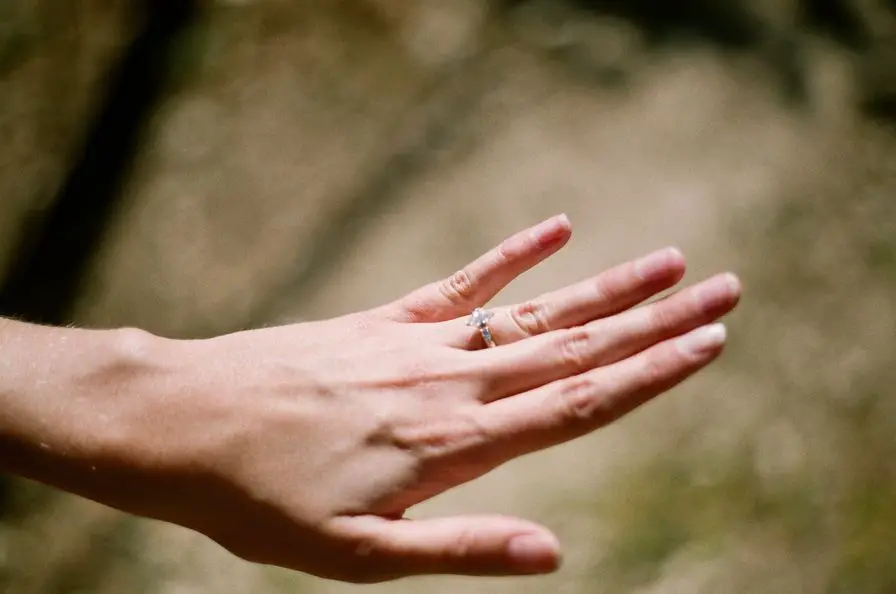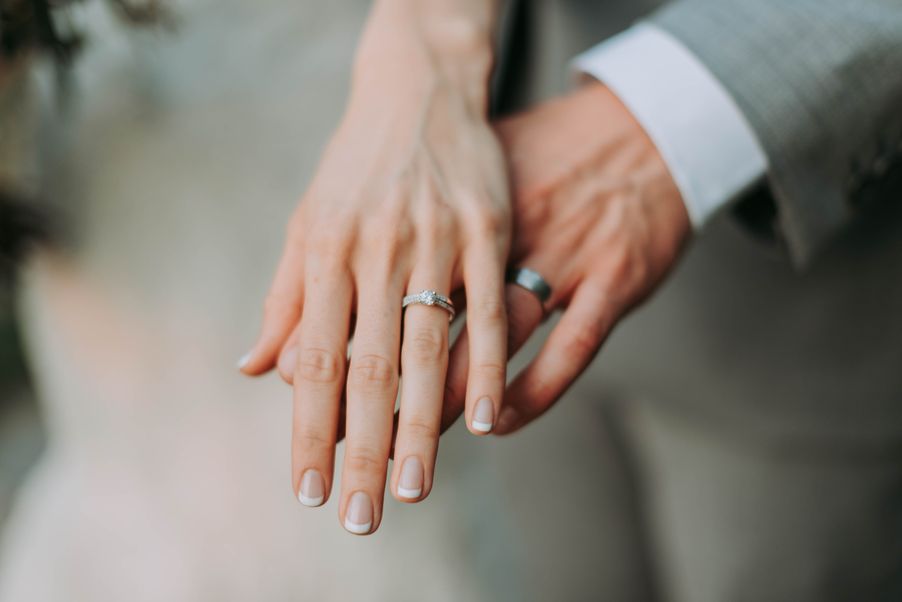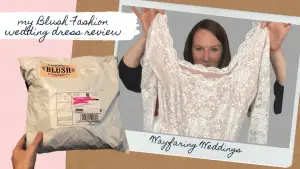Before buying an expensive diamond ring, consumers need to know exactly what they’re getting for their money… And to ask themselves the question: Is a diamond ring really worth it?
According to the historical and economic data we currently have available to us, diamond rings are NOT worth the money that they cost us, for the following reasons:
- Diamonds have no intrinsic value and are therefore completely reliant on demand.
- “False scarcity” has been part of diamond marketing for decades, but diamonds aren’t actually rare.
- Diamonds have very poor resale value, making them a terrible investment.
“Diamonds are intrinsically worthless.”
De Beers chairman and billionaire Nicky Oppenheimer
If you want a diamond ring, first ask yourself why. If you’re honest with yourself, it’s probably because you want something pretty to show off to other people. This isn’t a judgment. It’s actually quite normal and what we’ve all been conditioned to want. We want the social media picture, and we want to participate in the story that everyone else has seemingly had before us. We want our partners to prove their love with an expensive, beautiful purchase. Because… well, this is what people do in our society.
And despite all of the facts and evidence that I will present in this article, most people won’t care. They won’t care that a diamond is a terrible investment, that it begins to depreciate the moment you buy it… And that’s because people have fallen in love with the story of diamond rings. And that is great news for the diamond companies!
But if you want to be let off the hook, to read some factual evidence about why a diamond ring is not worth its price, please continue on… 🙂
You may also enjoy: 8 Affordable Wedding Dresses Under $100
Diamonds Have No Intrinsic Value
Former De Beers chairman and billionaire Nicky Oppenheimer once said himself that “diamonds are intrinsically worthless.”
Imagine the scene in Pocahontas from when you were a kid. Remember when John Smith asks Pocahontas if there is gold in her land, and shows her a gold coin? Both her and her animal companions are confused as to why he’s looking for this “gold” thing and she thinks surely it’s the corn that he wants! Because anyone can see clearly that, corn — food — has value. What good is a gold coin? And what good is a diamond?
Diamonds cannot feed or clothe us. They serve no purpose to human beings other than to “decorate” us. Diamonds only have the value that we give to them — meaning, in other words, that their value is completely in our minds. Even the “narrative” societal value that supposedly comes from their rarity and resale value isn’t true — which we’ll see in the next sections.
Therefore, diamonds are completely reliant on their cultural significance, invented by savvy marketers, which serves to fuel our demand for them. And demand them we do! We demand them as we continue to perpetuate this story of needing a diamond ring, encouraging each other to want them in our conversations with our friends, through engagement selfie social media posts, and in the many many rom coms that we watch.
“Diamonds… became a top status symbol for the rich and famous. This peaked perhaps with Marilyn Monroe’s performance of the song, Diamonds are a Girl’s Best Friend, in the 1953 film, Gentlemen Prefer Blondes.”
GemSociety.Org
You may also enjoy: Start Planning a Wedding on a Budget: 25 Essential Steps

Anyone who grew up watching Friends, Sex and the City, or any other culturally-significant series and movies will understand the pressure of “needing” a diamond ring. And we can only break free when we realize it’s only a story… and that we don’t “need” one at all.
De Beers famously created this demand, telling consumers through very powerful advertising campaigns that “a diamond is forever” and that no wedding proposal would be complete without a diamond wedding ring costing 2-3 months salary… genius!
De Beers’ 1947 advertising strategy explicitly sought to psychologically influence a target audience of “some 70 million people 15 years and over whose opinion we hope to influence in support of our objectives.” This strategy included placing diamonds in movies, forever linking diamond rings to a symbol of true romance!
“The diamond invention is far more than a monopoly for fixing diamond prices; it is a mechanism for converting tiny crystals of carbon into universally recognized tokens of wealth, power, and romance.”
Edward Jay Epstein, investigative journalist (1982)
Never mind that this narrative was completely made up in the boardrooms of a New York City advertising firm. We’ve all seen Mad Men, no?!
Diamonds Aren’t Actually Rare
“While we have much to learn about the Earth’s interior, our current knowledge of gem formation indicates that diamonds are likely the most common gem in nature.”
The International Gem Society (Source)

You may also enjoy: Is an Expensive Wedding Worth it?
Yep, it’s a myth that diamonds are rare. There are tons of them, according to several credible sources.
Statista reports: “Worldwide [diamond] reserves are estimated to be some 1.2 billion carats.” National Geographic estimated that “just over a quadrillion—a one with 15 zeroes—tons of diamonds are hiding within Earth.”
The International Gem Society wrote of the rarity of diamonds: “They resist scratching better than anything else. Other than that, they hold no unique distinctions. All gem-quality materials are rare. They compose just a tiny fraction of the Earth. However, diamonds actually number among the most common gems.” (Source)
In fact, there are actually other gems that are rarer than diamonds (and that cost less, such as tanzanite and ammolite).
So why do we believe diamonds to be rare? In 1982, an investigative piece was written by Edward Jay Epstein, who explained the origin of creating diamond scarcity where there wasn’t any:
“In 1870… huge diamond mines were discovered near the Orange River, in South Africa, where diamonds were soon being scooped out by the ton. Suddenly, the market was deluged with diamonds. The British financiers who had organized the South African mines quickly realized that their investment was endangered; diamonds had little intrinsic value—and their price depended almost entirely on their scarcity.”
Edward Jay Epstein, The Atlantic
The supply of diamonds has always been carefully controlled to make diamonds appear rarer than they are. Whatever you do, don’t fall for “they’re pricey because they’re rare” line.
Diamonds Have Poor Resale Value & are a Terrible Investment
Buying diamonds as an “investment” simply doesn’t make sense. The minute you buy a diamond, it starts losing value, and cannot be resold at its original price point. Again, Epstein’s investigative article reports:
“To stabilize the market, De Beers had to endow these stones with a sentiment that would inhibit the public from ever reselling them. The illusion had to be created that diamonds were forever — “forever” in the sense that they should never be resold.”
Edward Jay Epstein (1982)
Epstein explains in his 1982 investigation that it’s estimated 500 million carats of diamonds (more than fifty times the number of diamonds produced by the diamond companies each year) are in the possession of the public.
He writes, “Since the quantity of diamonds needed for engagement rings and other jewelry each year is satisfied by the production from the world’s mines, this half-billion-carat supply of diamonds must be prevented from ever being put on the market.” In other words, if people were able to flood the market with their own diamonds, the diamond companies wouldn’t be able to sell their inventory… at least not at their high prices.
Because of this, the diamond companies had to make people never want to part with their diamonds… And thus began “a diamond is forever.”
Have you ever tried to resell a diamond? You’ve likely not been able to, or suffered an enormous loss… likely a loss of 50 percent or more.
Retail jewelers prefer not to buy back diamonds from customers because they would have to do it at an insanely low cost for it to be worth their while, and this low cost alerts consumers to the fact that their diamonds are worth nowhere near what they paid for them in the first place.
Other Considerations that Make Diamonds Not Worth It
Finally, there are other considerations to make in regards to the worth of a diamond. For example, the damage that the diamond mining industry does to the environment… Is a diamond worth ripping up the Earth and destroying ecosystems? I’ve written more about this particular issue in a couple of other posts:
And of course, I should mention lab-created diamonds, which are gaining market ground in recent years, to the dismay of many traditional mined diamond companies. Lab diamonds are identical to mined diamonds (physically, chemically, optically) — the only difference is that they didn’t come from the ground… And can be made in under a month at a fraction of the price of mined diamonds.
If this isn’t proof that diamonds aren’t worth it, I don’t know what is.
You may also enjoy: 20 Ways to Save Money on Your Wedding Dress




